This ICF home in the Florida Panhandle was virtually the only home left standing in the neighborhood after Hurricane Michael came ashore last fall. It gained the industry significant national media attention.
In October, one of the most powerful hurricanes in recorded history slammed into the Florida panhandle. With winds in excess of 150 miles per hour, 54% of homes in the region were entirely destroyed and 23% were severely damaged. Damage was most severe in neighborhoods close to the shoreline. Yet, at ground zero, there was one home that survived the storm virtually unscathed. Most remarkably, it was built just a few hundred feet from the water’s edge, where the wind and storm surge were most ferocious.
Built in Mexico Beach, Florida, and dubbed the “Sand Palace” by the homeowner, it’s received massive amounts of attention, including feature-length coverage in the New York Times and a lengthy segment on CNN, as well as many other major media outlets. It also received significant coverage on the blogs of several ICF manufacturers. (These stories can be accessed through the online version of this article.)
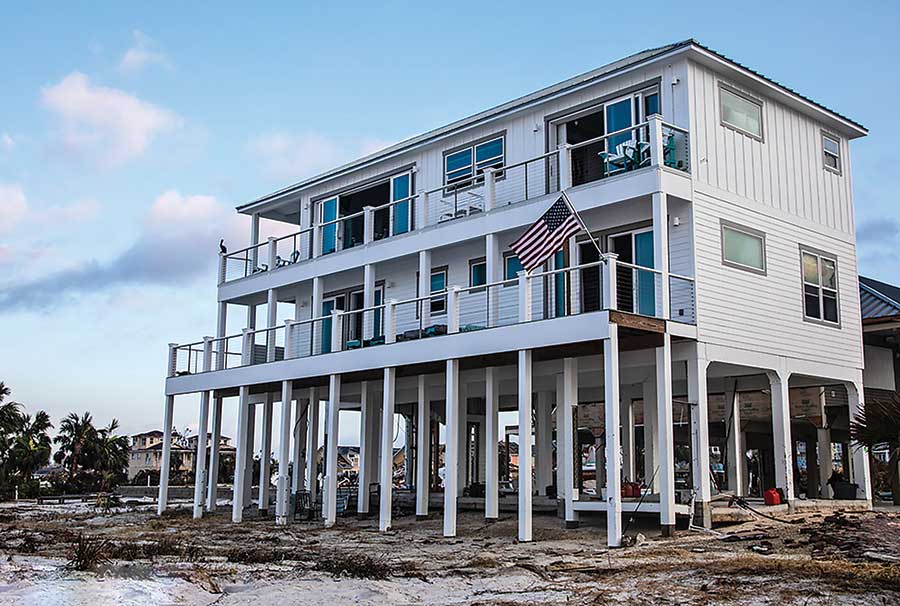
The ICF “Sand Palace” (above) survived hurricane winds and storm surge with minimal damage compared to neighboring structures (below) which were reduced to ruins.
Coverage in the media emphasized that the home was built with reinforced concrete. A few reporters took the time to mention that it was built with Insulated Concrete Forms (ICFs), and this construction method was one major factor that allowed it to survive the hurricane while the rest of the neighborhood was destroyed.
The home is owned by Russell King and his nephew Lebron Lackey. Lackey says that from the beginning, they wanted to build a disaster-resistant, concrete home. They looked at a number of options, even concrete domes, but wanted something that looked conventional. “As we explored it further, we discovered ICF,” he says. They found a local Florida contractor with ICF experience, and agreed with his recommendation to use Nudura-brand ICF. Completed by the owners in April 2018, the house is used as a vacation rental when the owners are not staying there themselves.
“Nudura insulated concrete wall systems are designed to withstand Mother Nature’s worst,” says Todd Blyth, senior director of sales and marketing. “They provide greater impact resistance and will withstand winds of up to 402 kph [250 mph]. When compared to traditional wood frame walls that offer only soft batt insulation and a wood frame, the strength and safety you get with Nudura is far superior.”
Like all ICF homes, the walls consist of a reinforced concrete core sandwiched between rigid EPS foam insulation panels, providing excellent strength and energy efficiency . “It’s like being able to strap your roof directly to the foundation,” says Lackey.
Virtually all aspects of the home were built to exceed code. The foundation sits on concrete piles driven 28 feet into the ground, significantly deeper than required. While local building codes require homes to withstand 120 mph winds, the Sand Palace was designed to withstand winds of 240 mph.
“We wanted to build it for the big one,” Lackey told the Times. “We just never knew we’d find the big one so fast.”
The entire house was elevated on columns, with sacrificial “breakaway” walls on the ground floor to allow a storm surge to pass underneath it. These columns are tied together at the top with reinforced concrete bond beams. Reinforcing steel in these beams extends directly into the ICF walls to tie the entire structure together. The home was designed so that all jogs in the walls are at least 24 inches long, and windows and doors are set back at
least that distance from the corners. Lackey feels this leads to a stronger structure.
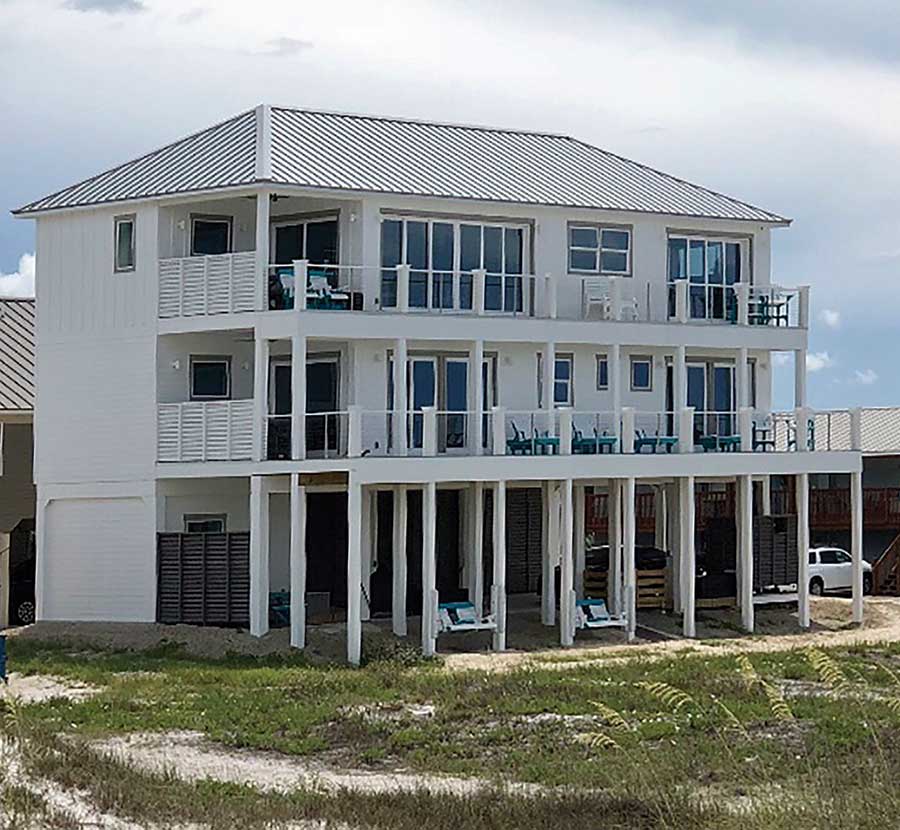
Belongings on the ground floor, including the breakaway walls—visible in above photo taken before the hurricane—were swept away by the storm surge, but damage was minimal compared to other beachfront properties (below).
The floors are conventional wood, as was the window bucking. Hurricane straps provide a reinforced connection between the wood-framed roof and the ICF walls. They deliberately chose a simple hipped roof with small eaves and no complications to minimize wind uplift.
Custom Window Systems of Ocala, Fla., supplied the windows and sliding glass doors, which were engineered to withstand a Category Four storm. Lackey says, “They were rated at Cat Four, but they survived a Category 5 in the field without leaking.”
The Sand Palace did not emerge from the storm entirely unscathed. The ground floor of the building—built with breakaway walls—was swept away, as were the exterior stairs. The storm also cracked the outer panes of a few windows; the inner panes remained intact. The storm also ripped off a few pieces of siding, and forced a small amount of water through an improperly installed sliding door. One minor crack in a support column is being repaired with carbon fiber. Similar carbon fiber sleeves are being added to all the other columns as a preventative measure.
Still, damage was so minimal compared to other buildings in the area that the home became a staging area for news crews, search-and-rescue, and relief workers. Lackey installed a temporary solar panel array in the yard sufficient to power the home, and for weeks it was the only functional home in the area. (Lackey is hesitant to put panels on the roof because of the wind uplift forces they can generate, and building codes prohibit permanent ground-based arrays.)
“I’m a big believer in ICFs,” says Lackey, a doctor by training. “I believe the key to growth is selling the benefits directly to the end user, rather than the construction professional. This is the same approach taken by the pharmaceutical industry, which markets directly to the consumer.”
Andy Lennox, chair of the ICF Manufacturers Association (ICFMA) says, “Hurricane Michael is not an anomaly. According to a National Climate Assessment report, North Atlantic hurricanes are going to become even more powerful. So the question becomes, ‘As hurricanes get more powerful, how can builders, architects and homeowners create truly hurricane-resistant homes?’” One simple solution is building with ICF.

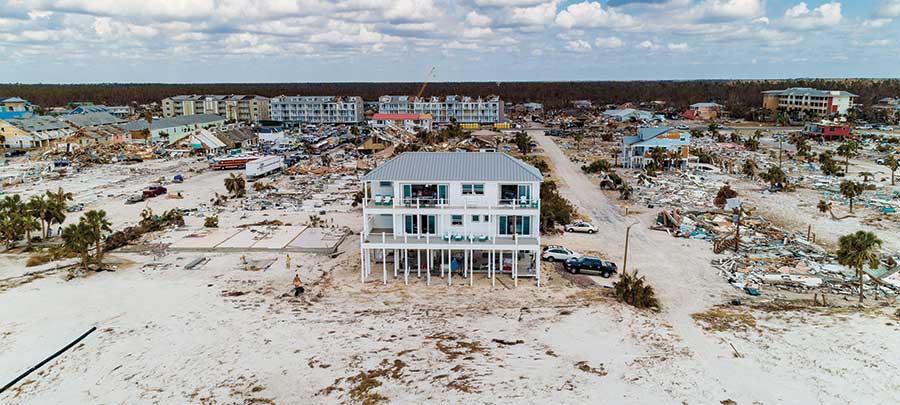
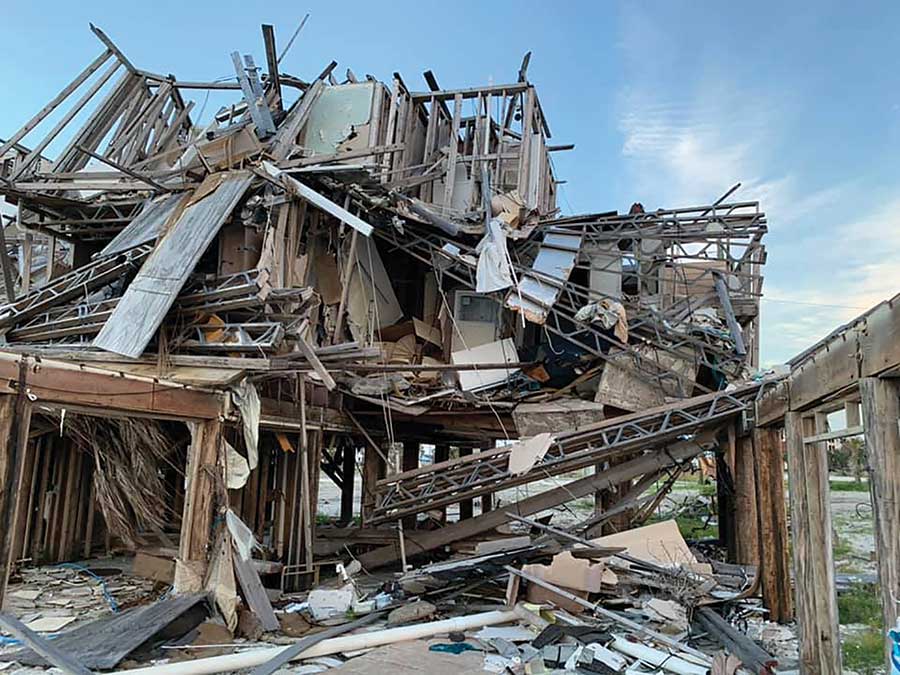
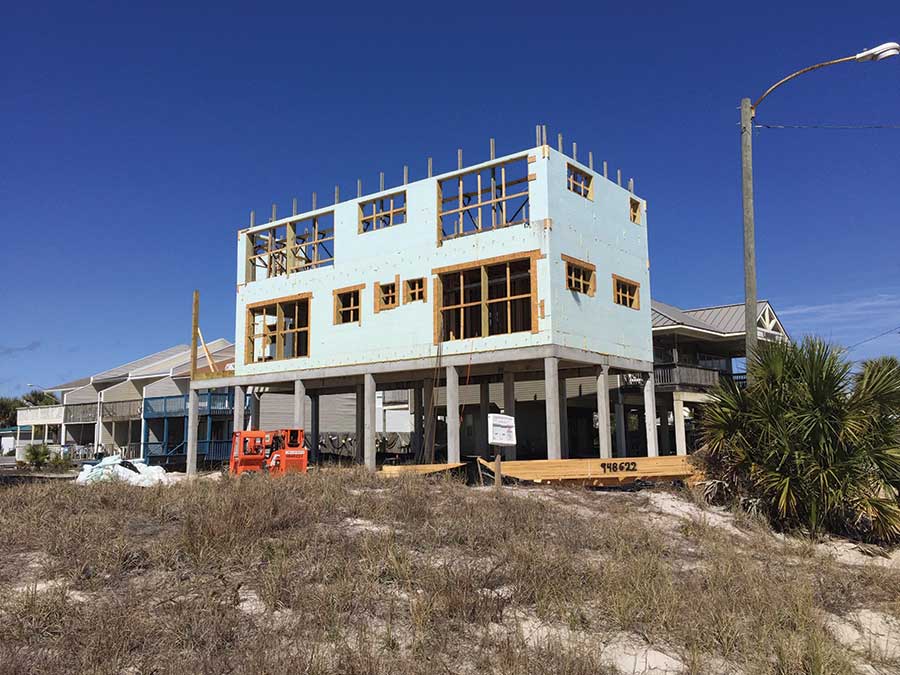
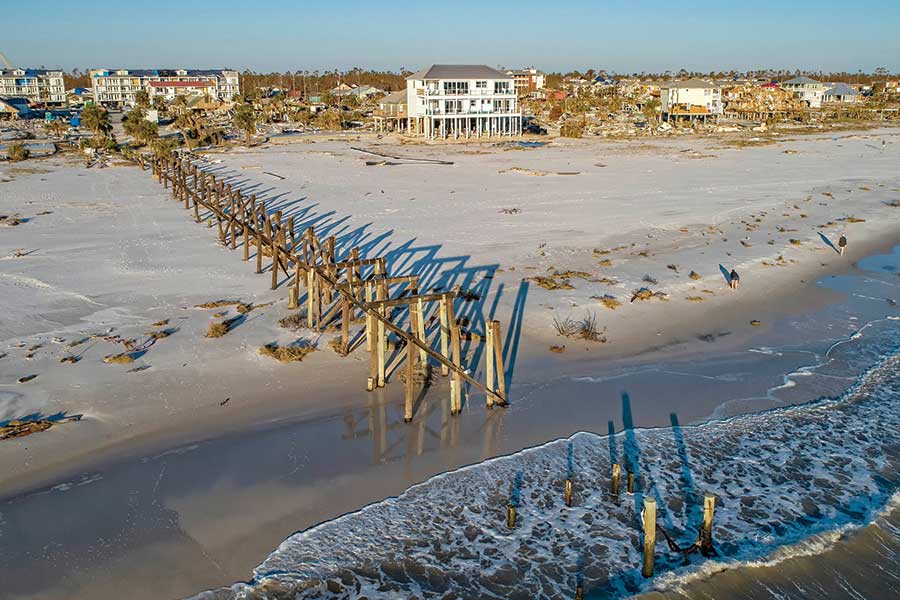
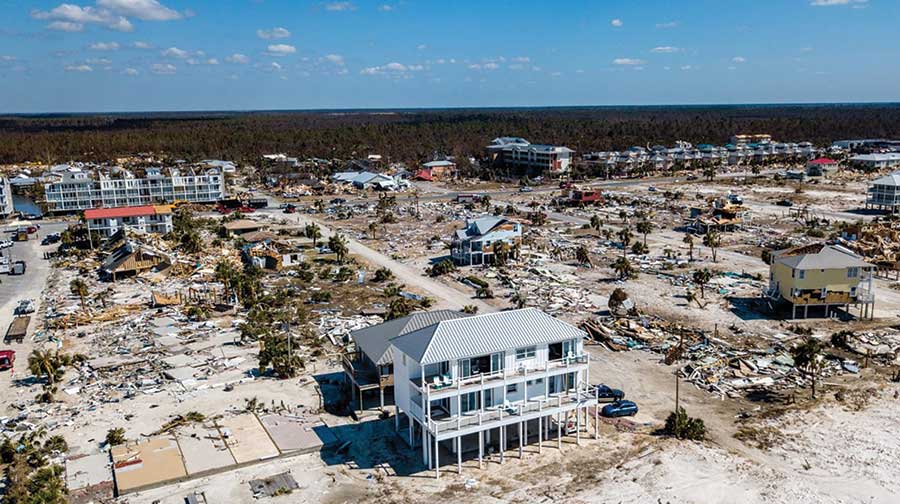
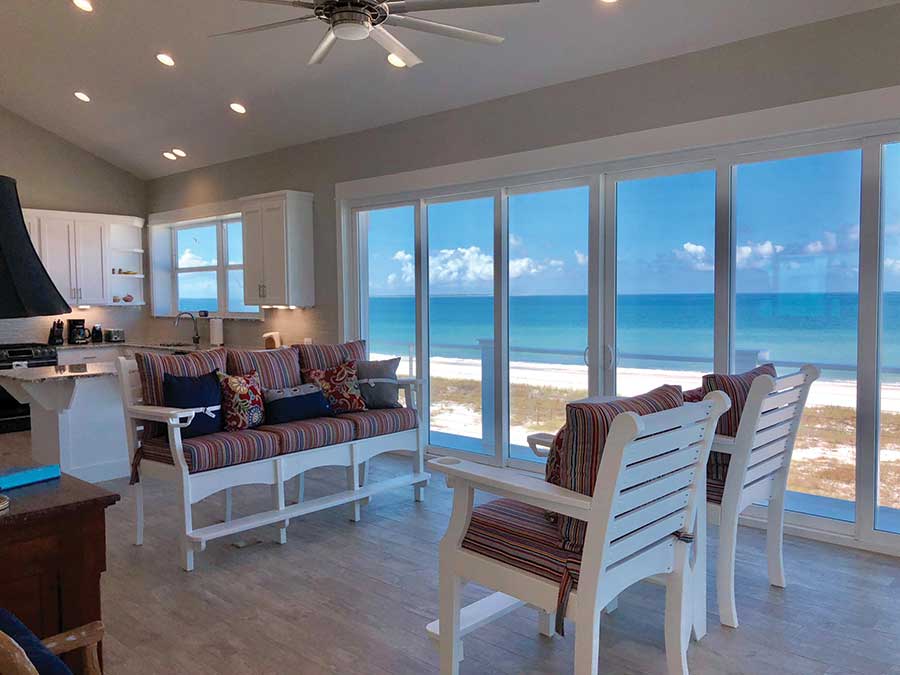

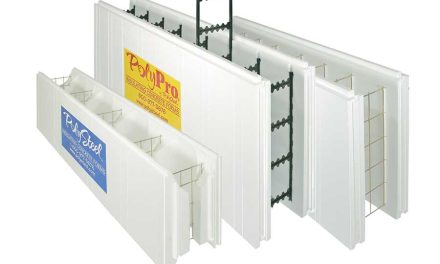

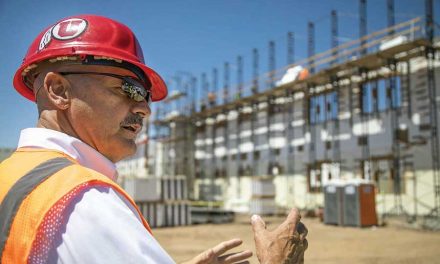
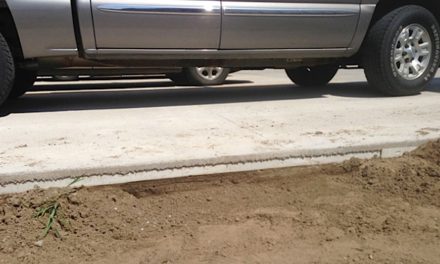








Trackbacks/Pingbacks